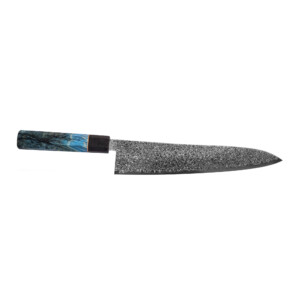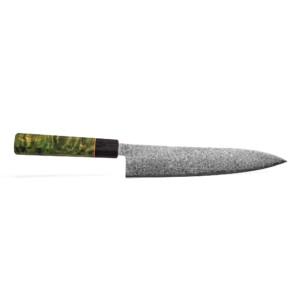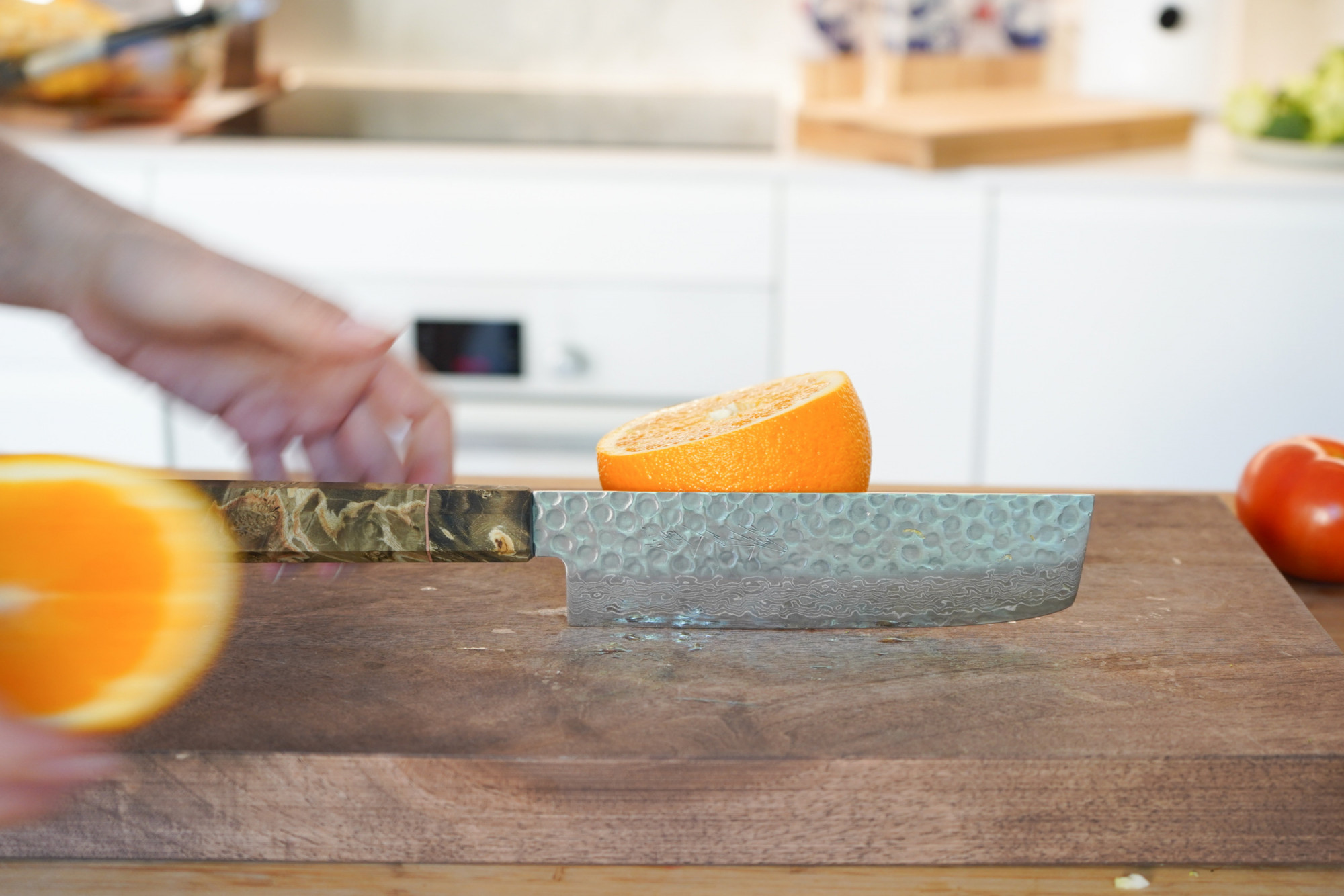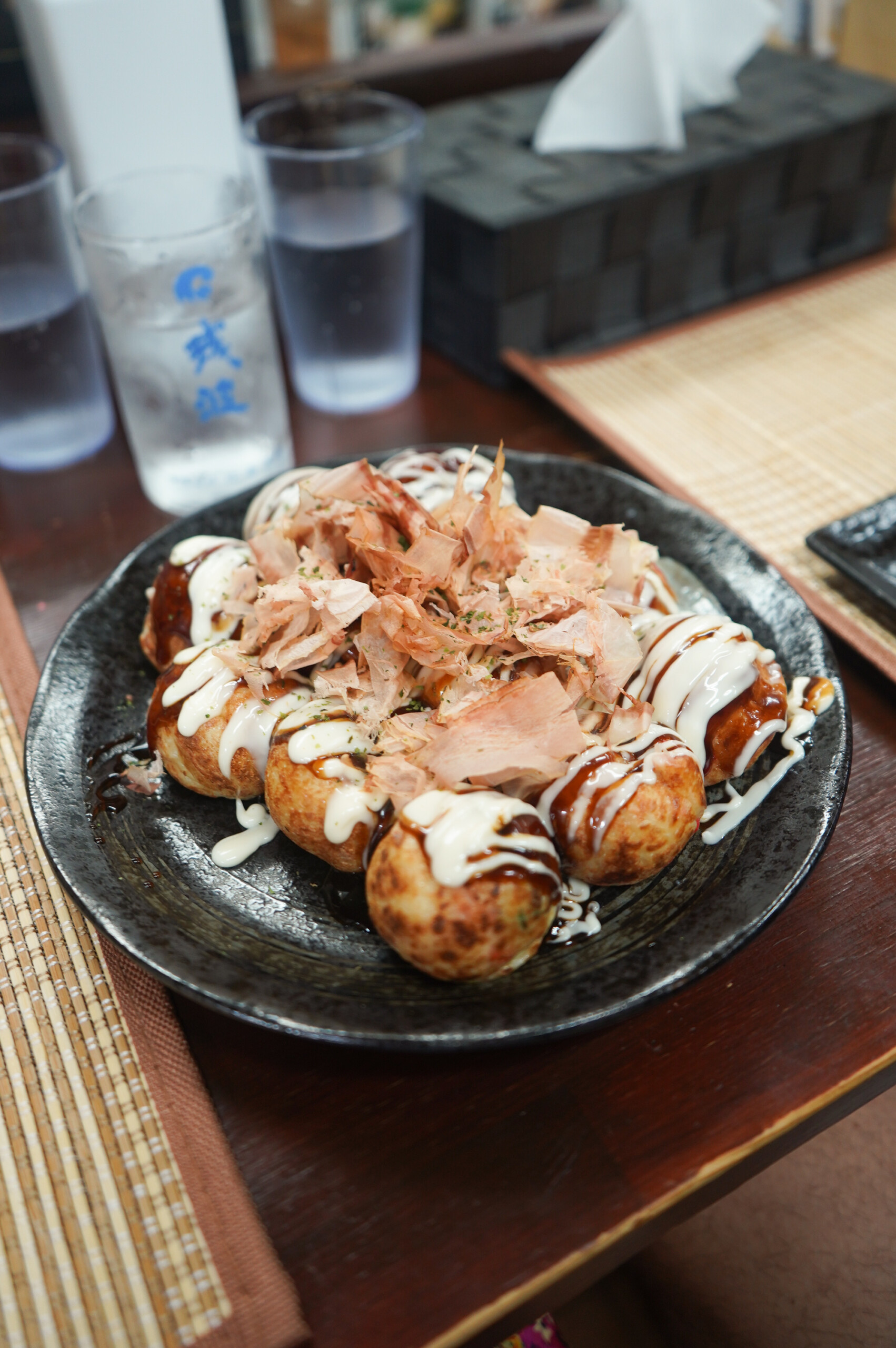1. Their nutritional content is higher.
When foods are grown out of season, they aren’t able to follow their natural growing and ripening rhythms. In order for you to enjoy certain fruits and vegetables year-round, post-harvest treatments, known as ripening agents, are used. These include chemicals, gases, and heat processes. Some produce is also coated with an edible film to protect it. These processes allow foods to be produced in mass quantities by slowing the maturation and ripening process. They also help to protect the produce from bacteria and other pathogens on their long journey from the fields to your local grocery store.
While this process ensures that farmers can meet consumer demand year-round, researchers have found that artificially ripened produce is often not as nutritious or tasty as naturally ripened produce. Food that hasn’t been sprayed with pesticides, chemicals and preservatives often have higher phytochemical levels because they have to protect themselves in their environment.
Research has also shown that seasonality can affect the nutrition content of other food products as well, particularly dairy products. A 2018 U.K. study analysed cow milk from local creameries in Northern Ireland to assess the iodine and selenium content. While the research concluded that the selenium content was not affected by season, it was discovered that milk produced in the spring had a higher concentration of iodine than in autumn.
2. The taste is the most intense.
Naturally ripened fruits and vegetables grown and picked in season are typically full of flavor and nutrients. Don’t believe us? Compare your favourite fruit and veggies from your local farmers market vs. supermarket for a taste.

3. It’s more sustainable.
Consider buying locally grown produce as a great way to eat with the seasons. Seek joining a CSA (community-supported agriculture). These foods don’t have to travel nearly as far, so the associated fuel emissions and transportation costs are minimal. And you will get to support your local farmers and small family businesses.
Another great way of eating locally is growing your own produce in a small garden.
4. It’s cheaper.
5. Supports your body’s natural nutritional needs.
What’s in the season?
| Fruit | Veg | |
| January
| Apples, Pears | Beetroot, Brussels Sprouts, Cabbage, Carrots, Celeriac, Celery, Chicory, Jerusalem Artichokes, Kale, Leeks, Mushrooms, Onions, Parsnips, Spring Greens, Spring Onions, Squash, Swedes, Turnips |
| February
| Apples, Pears
| Beetroot, Brussels Sprouts, Cabbage, Carrots, Celeriac, Chicory, Jerusalem Artichokes, Kale, Leeks, Mushrooms, Onions, Parsnips, Purple Sprouting Broccoli, Spring Greens, Spring Onions, Squash, Swedes |
| March
| Rhubarb
| Artichoke, Beetroot, Cabbage, Carrots, Chicory, Cucumber, Leeks, Parsnip, Purple Sprouting Broccoli, Radishes, Sorrel, Spring Greens, Spring Onions, Watercress |
| April
| Rhubarb
| Artichoke, Beetroot, Cabbage, Carrots, Chicory, New Potatoes, Kale, Morel Mushrooms, Parsnips, Radishes, Rocket, Sorrel, Spinach, Spring Greens, Spring Onions, Watercress |
| May
| Rhubarb, Strawberries
| Artichoke, Asparagus, Aubergine, Beetroot, Chicory, Chillies, Elderflowers, Lettuce, Marrow, New Potatoes, Peas, Peppers, Radishes, Rocket, Samphire, Sorrel, Spinach, Spring Greens, Spring Onions, Watercress |
| June
| Blackcurrants, Cherries, Gooseberries, Raspberries, Redcurrants, Rhubarb, Strawberries, Tayberries
| Asparagus, Aubergine, Beetroot, Broad Beans, Broccoli, Cauliflower, Chicory, Chillies, Courgettes, Cucumber, Elderflowers, Lettuce, Marrow, New Potatoes, Peas, Peppers, Radishes, Rocket, Runner Beans, Samphire, Sorrel, Spring Greens, Spring Onions, Summer Squash, Swiss Chard, Turnips, Watercress |
| July
| Blackberries, Blackcurrants, Blueberries, Cherries, Gooseberries, Greengages, Loganberries, Raspberries, Redcurrants, Rhubarb, Strawberries
| Aubergine, Beetroot, Broad Beans, Broccoli, Carrots, Cauliflower, Chicory, Chillies, Courgettes, Cucumber, Fennel, French Beans, Garlic, Kohlrabi, New Potatoes, Onions, Peas, Potatoes, Radishes, Rocket, Runner Beans, Samphire, Sorrel, Spring Greens, Spring Onions, Summer Squash, Swish Chard, Tomatoes, Turnips, Watercress |
| August
| Blackberries, Blackcurrants, Cherries, Damsons, Greengages, Loganberries, Plums, Raspberries, Redcurrants, Rhubarb, Strawberries
| Aubergine, Beetroot, Broad Beans, Broccoli, Carrots, Cauliflower, Chicory, Chillies, Courgettes, Cucumber, Fennel, French Beans, Garlic, Kohlrabi, Leeks, Lettuce, Mangetout, Marrow, Mushrooms, Parsnips, Peas, Peppers, Potatoes, Pumpkin, Radishes, Rocket, Runner Beans, Samphire, Sorrel, Spring Greens, Spring Onions, Summer Squash, Sweetcorn, Swiss Chard, Tomatoes, Watercress |
| September
| Blackberries, Damsons, Pears, Plums, Raspberries, Rhubarb, Strawberries
| Aubergine, Beetroot, Broccoli, Brussels Sprouts, Butternut Squash, Carrots, Cauliflower, Celery, Courgettes, Chicory, Chillies, Cucumber, Garlic, Kale, Kohlrabi, Leeks, Lettuce, Mangetout, Marrow, Onions, Parsnips, Peas, Peppers, Potatoes, Pumpkin, Radishes, Rocket, Runner Beans, Samphire, Sorrel, Spinach, Spring Greens, Spring Onions, Summer Squash, Sweetcorn, Swiss Chard, Tomatoes, Turnips, Watercress, Wild Mushrooms |
| October
| Apples, Blackberries, Elderberries, Pears
| Aubergine, Beetroot, Broccoli, Brussels Sprouts, Butternut Squash, Carrots, Cauliflower, Celeriac, Celery, Chestnuts, Chicory, Chillies, Courgette, Cucumber, Kale, Leeks, Lettuce, Marrow, Onions, Parsnips, Peas, Potatoes, Pumpkin, Radishes, Rocket, Runner Beans, Spinach, Spring Greens, Spring Onions, Summer Squash, Swede, Sweetcorn, Swiss Chard, Tomatoes, Turnips, Watercress, Wild Mushrooms, Winter Squash |
| November
| Apples, Cranberries, Elderberries, Pears
| Beetroot, Brussels Sprouts, Butternut Squash, Cabbage, Carrots, Cauliflower, Celeriac, Celery, Chestnuts, Chicory, Jerusalem Artichokes, Kale, Leeks, Onions, Parsnips, Potatoes, Pumpkin, Swede, Swiss Chard, Turnips, Watercress, Wild Mushrooms, Winter Squash |
| December
| Apples, Cranberries, Pears
| Beetroot, Brussels Sprouts, Carrots, Celeriac, Celery, Chestnuts, Chicory, Jerusalem Artichokes, Kale, Leeks, Mushrooms, Onions, Parsnips, Potatoes, Pumpkin, Red Cabbage, Swede, Swiss Chard, Turnips, Watercress, Winter Squash |

























